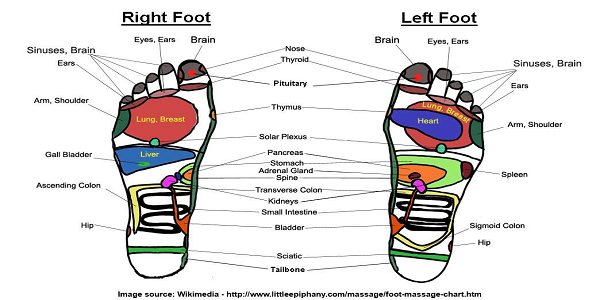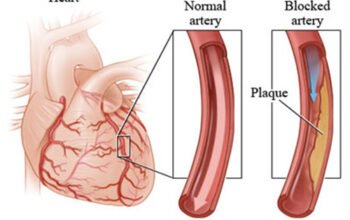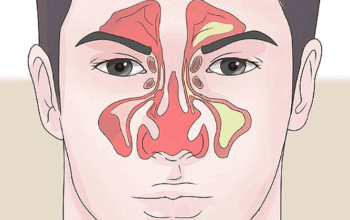In today’s fast-paced world, people are increasingly seeking holistic and natural approaches to health and wellness. Reflexology has emerged as a powerful alternative therapy that offers a non-invasive method for managing stress, alleviating pain, and promoting overall well-being. This comprehensive guide will explore the fascinating world of reflexology and how you can practice it effectively at home.
Understanding Reflexology: More Than Just a Foot Massage
Reflexology is an ancient healing practice that goes far beyond a simple massage. Rooted in traditional Chinese medicine and dating back over 5,000 years, this therapeutic technique is based on the principle that specific points on the feet, hands, and ears correspond to different organs and systems in the body. By applying targeted pressure to these reflex zones, practitioners believe they can stimulate healing, improve energy flow, and restore balance to the body’s systems.
The core philosophy of reflexology centers on the concept of zone therapy, which suggests that the body can be divided into ten vertical zones, each connected to specific reflex points. When these points are stimulated, it can help:
- Reduce stress and tension
- Improve circulation
- Support the body’s natural healing processes
- Enhance overall physical and emotional well-being
The Remarkable Benefits of Reflexology
Scientific research has increasingly validated the potential benefits of reflexology. Studies have shown that this practice can provide significant relief for various conditions, including:
- Chronic Pain Management: Research indicates that reflexology can reduce pain by up to 40% in some individuals.
- Stress Reduction: The therapeutic touch and targeted pressure help activate the body’s relaxation response.
- Improved Sleep Quality: By promoting relaxation and reducing anxiety, reflexology can help regulate sleep patterns.
- Immune System Support: Regular sessions may help stimulate lymphatic drainage and boost immune function.
Getting Started: Practicing Reflexology at Home
While professional reflexology sessions are beneficial, you can learn to practice basic techniques at home with some guidance and practice. Here are some essential steps to get started:
Preparation
- Create a calm, comfortable environment
- Use a comfortable chair or mat
- Have massage oil or lotion available
- Ensure your hands are clean and warm
Basic Techniques
When practicing reflexology, remember these key principles:
- Use firm but gentle pressure
- Work systematically across different reflex zones
- Pay attention to your body’s responses
- Start with short 10-15 minute sessions
Addressing Common Ailments with Reflexology
Reflexology can be particularly effective in managing several common health concerns:
Stress and Anxiety
Focus on the solar plexus point and areas corresponding to the adrenal glands. Gentle, consistent pressure can help activate the body’s relaxation response and reduce cortisol levels.
Sleep Disorders
Target reflex points related to the pituitary and pineal glands, which play crucial roles in regulating sleep cycles. Practicing reflexology before bedtime can help calm the nervous system.
Digestive Issues
Stimulating points connected to the liver, stomach, and intestines can help improve digestive function and alleviate discomfort.
Important Considerations and Precautions
While reflexology is generally safe, it’s essential to:
- Consult with healthcare professionals, especially if you have pre-existing conditions
- Avoid reflexology during pregnancy without professional guidance
- Stop immediately if you experience pain or discomfort
- Stay hydrated and rest after sessions
Conclusion
Reflexology offers a powerful, natural approach to health and wellness that empowers individuals to take an active role in their healing process. By understanding its principles and practicing regularly, you can unlock a holistic method of supporting your body’s natural balance and promoting overall well-being.






